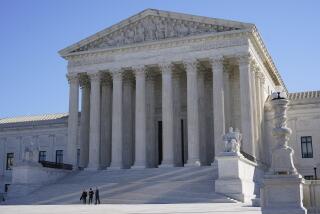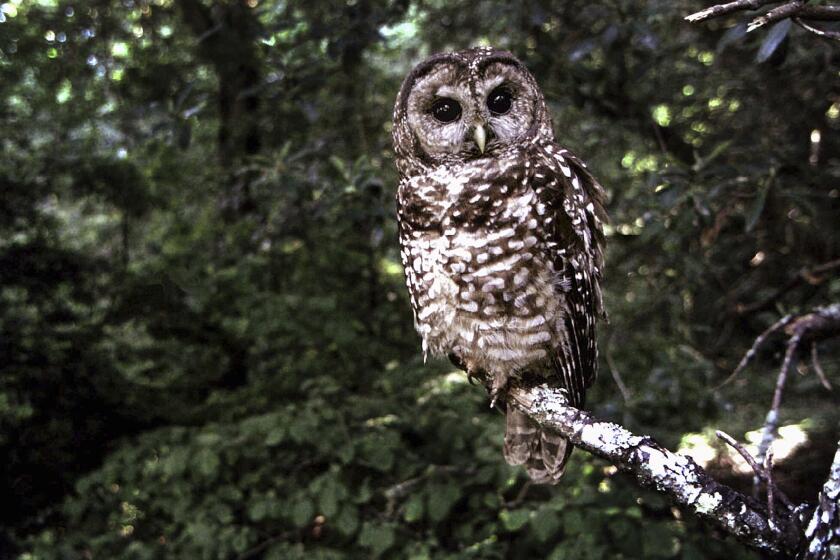What memorials for aborted fetuses tell us
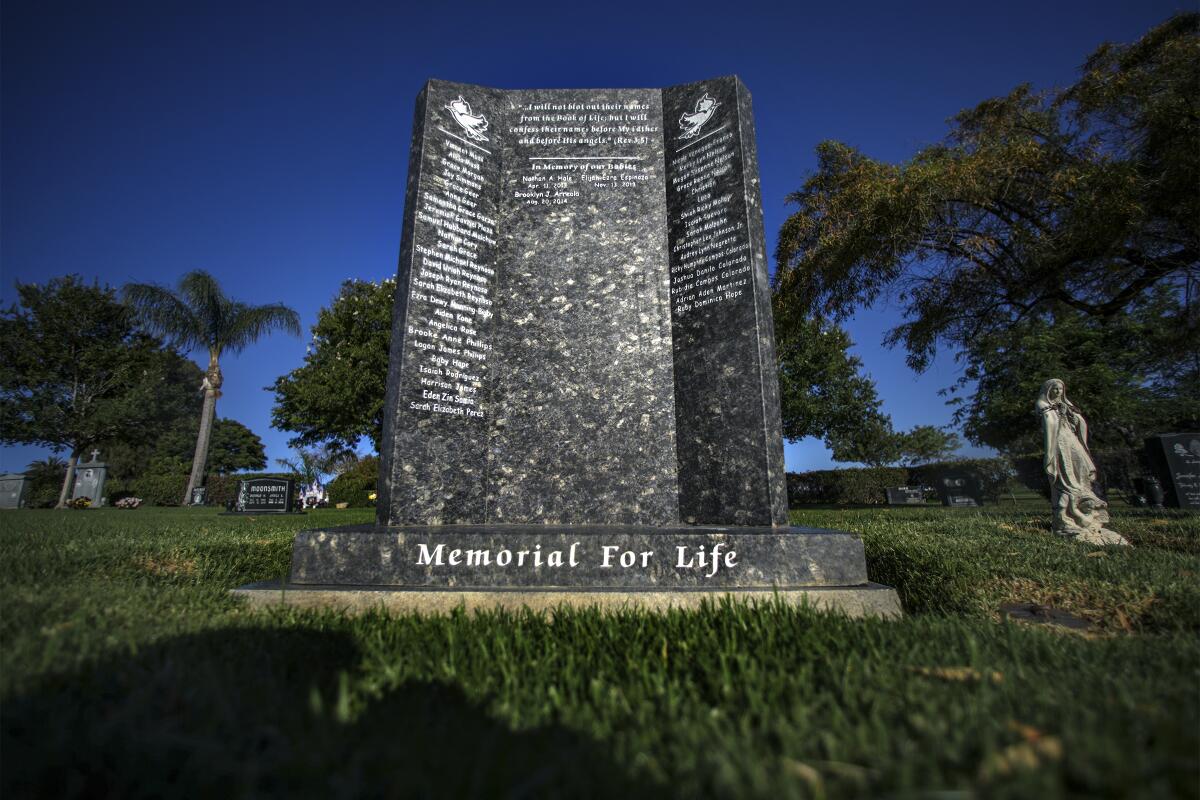
- Share via
Deep in the Odd Fellows Cemetery in Boyle Heights, a longer-than-usual tombstone lies near a chain-link fence.
“In Memory of the 16,500 Precious Unborn Buried Here, Oct. 6, 1985,” it reads in blanched-out letters. Strands of stringy lawn are beginning to overtake it.
Little about this scene hints at the grave’s pivotal role in the history of antiabortion memorials — an overlooked but crucial battleground in one of the most contentious issues of our times.
The National Day of Remembrance for Aborted Children keeps a running list of the thousand-plus such markers across the United States. Despite its liberal reputation, California hosts 54 — second only to Illinois, and just ahead of New York. They’re in Brentwood and Victorville, Tehachapi and San Clemente. They take the form of statues, tombstones, cenotaphs and benches in churches, cemeteries and beyond.
The erection of these memorials over the past three decades helped antiabortion activists hone their strategy of turning the personal into the performative into the political. That strategy eventually led to the once-unthinkable: the overturning of the constitutional right to abortion.
A couple of days after the U.S. Supreme Court struck down Roe vs. Wade, I visited three of the memorials. That’s how I ended up in Boyle Heights, where the movement arguably began, on a blazing weekday morning.
That October day 36 years ago, about 250 people gathered for the burial of those thousands of fetuses — some barely bigger than a blot, others fully formed. They were found in 1982 in buckets of formaldehyde in a Woodland Hills storage container, many with dates and the name of a woman. Some were miscarriages. Most were aborted.
The fight over what to do with the remains — antiabortion activists wanted officials to bury them, feminist groups wanted them incinerated — went all the way to the U.S. Supreme Court and became a rallying cry for the right.
President Reagan spoke in favor of a burial. Singer Pat Boone released an ominous ballad called “16,000 Faces” that blasted the women who chose to abort and the Supreme Court that let them have that freedom. The Los Angeles County Board of Supervisors unanimously voted to find a final resting place for the fetuses.
“It was a somber occasion,” then-Supervisor Mike Antonovich, who spearheaded the vote, told me. “But it was appropriate. We needed to bury these children.”
A Marine Corps color guard stood at attention when the nondenominational ceremony, one of the first of its kind, finally happened. Activists held up a massive photo of one of the aborted fetuses as pallbearers carried six caskets to the gravesite. Antonovich read a eulogy penned by Reagan that compared Roe vs. Wade to the Dred Scott decision that led to the Civil War.
“Once again,” Reagan wrote, “a whole category of human beings has been ruled outside the protection of the law by a court ruling which clashed with our deepest moral convictions.”
I expected to see fresh flowers, balloons and other mementos when I stopped by.
Instead, I found scraps of pink plastic strewn around, foil that once covered a plate of tacos, a tattered fake flower inside a vase. Next to it, a solitary red rose bloomed from an otherwise barren bush.
The surrounding graves were better kept. They featured new bouquets. Mementos. Love.
My next stop: Queen of Heaven Cemetery in Rowland Heights. The young assistant at the mortuary didn’t even know that the Catholic holy grounds had an antiabortion memorial until I asked.
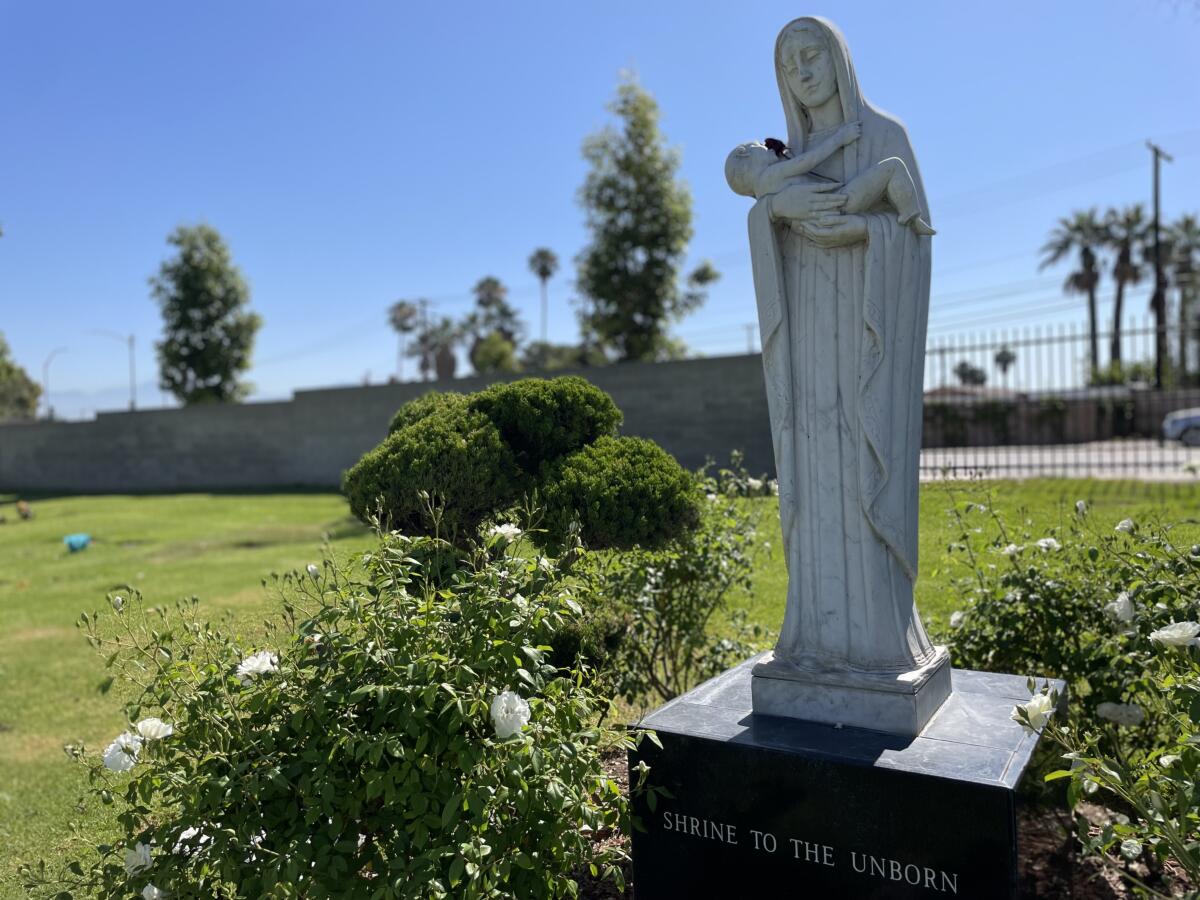
A six-foot tall marble statue of the Virgin Mary cradles an infant as she looms over the small valley that makes up the cemetery. She stands on a black granite base that reads “Shrine to the Unborn” and bears the logo of the Knights of Columbus, a male Catholic fraternal group.
The 1985 Boyle Heights burial galvanized antiabortion activists nationwide, leading to more memorials. But the movement didn’t truly explode until the Knights got involved.
In 1992, Archdiocese of New York Cardinal John O’Connor urged the Knights at their national convention to erect at least one memorial in each of the 1888 Catholic dioceses. They embarked on a multimillion-dollar campaign that resulted in more than 500 shrines to aborted fetuses within just a couple of years. In Los Angeles County, they put up the same Madonna statue I saw in Rowland Heights at Catholic cemeteries in Simi Valley, Culver City and Mission Hills.
The campaign transformed the Knights from a mutual aid society that long fought discrimination against Catholics and immigrants into soldiers for the right’s culture wars. They doubled down on fighting abortion rights and spent $1 million to help pass Proposition 8, which temporarily banned same-sex marriages, in California in 2008. Two years ago, they invited then-President Trump to the Knights-run Saint John Paul II National Shrine in Washington for what was essentially a reelection photo op.
I thought about the group’s power as I gazed at Mother Mary. She held a beatific smile while gazing down at the infant, whose face was covered by a dried scarlet rose. Someone had snapped off one of his feet.
I ended the day at Pierce Brothers Crestlawn Memorial Park in Riverside. There, three antiabortion memorials stand in a shady sliver of lawn just across the way from a faux stream. The oldest is a bench and upright tombstone commemorating 54 fetuses buried here in 1998. Discovered in a Chino Hills field inside cardboard boxes, the fetuses were traced to an abortion clinic. Another memorial is a small plaque to seven fetuses buried there a few years later.
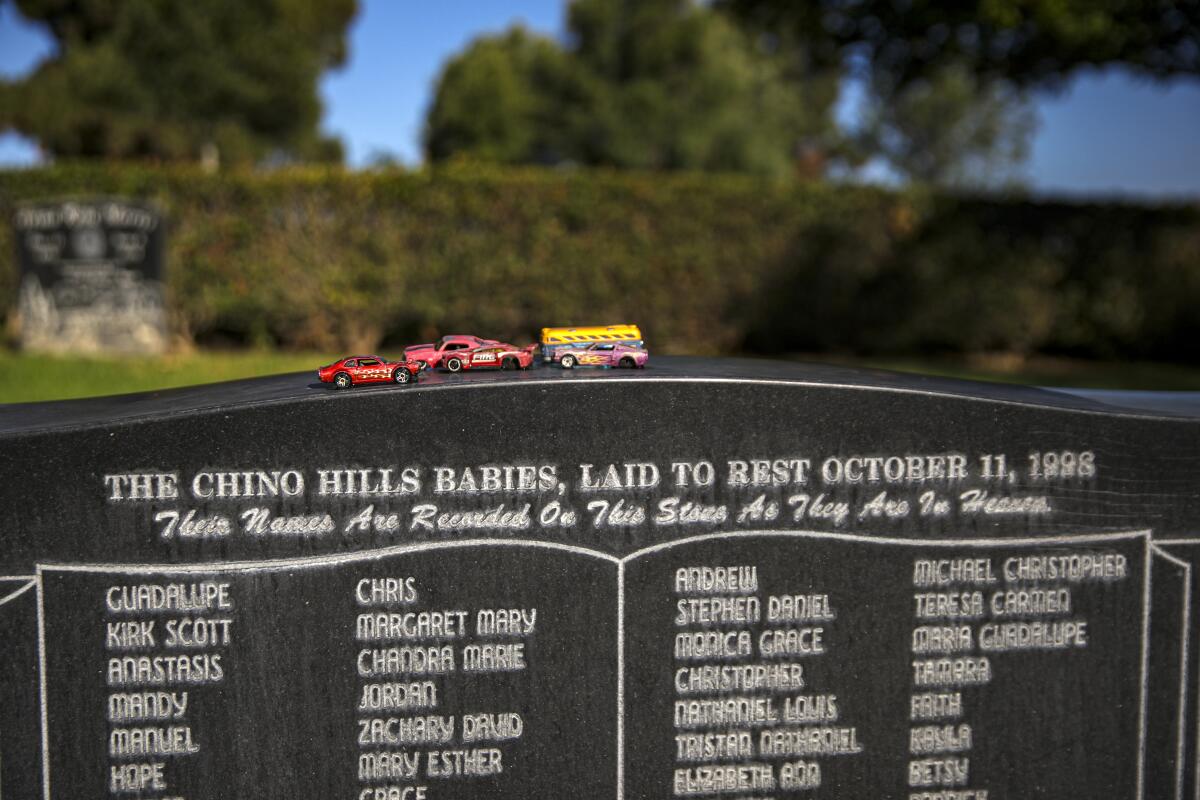
The most recent is a tri-part granite slab put up by Lisa Musil in 2010 as a way for women who had undergone abortions — like herself — to process their grief.
Musil initially agreed to talk to me, then declined. In a voice message, she said the memorial was “a place of privacy, a place of sacred remembrance, and I don’t want to capitalize on that for the mothers and fathers.”
But that’s exactly what the antiabortion movement has done. At about five feet tall, Musil’s memorial towers over nearly all the other graves around it.
The remembrances to the unborn in Boyle Heights and Rowland Heights blended in with their environments; this one in Riverside is meant to be seen.
It bears the names that women who went through Musil’s antiabortion ministry chose for their aborted fetuses, as well as a passage from the Book of Revelations where Jesus vows to “not blot out” the names of the faithful “from the Book of Life.”
What an interesting choice of Scripture, I thought as I drove away. I don’t doubt the sadness that people like Musil and the Knights of Columbus feel about abortion.
But their memorials and shrines seem less about the aborted and more about them. At these spots, abortion is inherently wrong, and there is no room for any nuance, any exceptions, any other opinion.
It’s all about their witness, their conviction. Their will be done.
More to Read
Sign up for Essential California
The most important California stories and recommendations in your inbox every morning.
You may occasionally receive promotional content from the Los Angeles Times.

